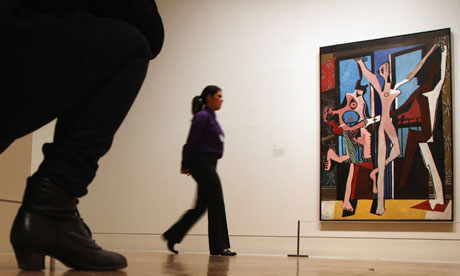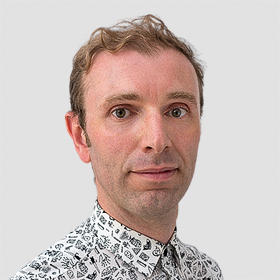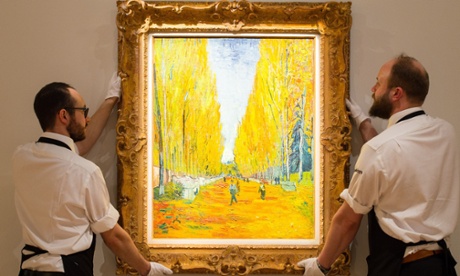In 1911 Vanessa Bell wrote to her sister Virginia Stephen (later Woolf): "We're in a huge state of excitement having just bought a Picasso for £4." The picture, Jars and Lemon (1907), deeply impressed artists Duncan Grant and Wyndham Lewis when they saw it at the Bells' house in Bloomsbury, London, and it became one of the first two Picassos to be shown at the Tate in 1926.
Almost a century later the picture is among those returning to Tate Britain for its exhibition Picasso and Modern British Art. Featuring 60 works by Picasso and many more by British artists he inspired, from Grant and Lewis to Henry Moore and David Hockney, the show charts the Spanish master's huge impact on the British art scene.
The show brings together for the first time seven of only nine works by Francis Bacon known to have survived his attempt to destroy all the paintings he made before 1944.
Bacon gave up being an interior designer to become a painter after seeing a Picasso show in late-1920s Paris. Chris Stephens, who curated the Tate exhibition, said: "He wanted Three Studies for Figures at the Base of the Crucifixion to be No 1 in the Bacon catalogue. These pictures escaped his grasp because they'd already been sold. I think he saw them as too Picasso-esque. You can see why he disowned them but they're a pretty sophisticated response [to Picasso]."
Loaned from private collections, the distorted or crucified figures and sinister interiors anticipate Bacon's later paintings, and are shown alongside Three Studies. "This is one of the great masterpieces of 20th century art and to see its precursors all in the same space is amazing," said Stephens.
Picasso grew up in an Anglophile household – his father was known as El Inglés – but though he claimed to have left Barcelona in 1900 with the intention of visiting London, he settled in Paris. He did not visit Britain until 1919, when he went to London with Serge Diaghilev and the Ballet Russes to design sets and costumes for their ballet The Three-Cornered Hat from premises in Floral Steet, Covent Garden. One pencil drawing from this period, of scenery painter Vladimir Polunin, has never been exhibited before.
The exhibition shows Picasso's relationship with the UK was not always easy – Evelyn Waugh signed his letters "Death to Picasso!", Churchill said he would like to kick the artist up the backside, while in 1910 GK Chesterton described a Picasso drawing as "a piece of paper in which Mr Picasso has had the misfortune to upset the ink and tried to dry it with his boots". A 1921 show at the Leicester galleries only made £92 in sales, though the most expensive work, Woman in an Armchair, was priced at £780.
Penelope Curtis, director of Tate Britain, said the exhibition reflects the way Britain responded to contemporary art: "Picasso is the litmus test for modern art." His 1937 painting Guernica was brought to the UK the following year to raise funds and equipment for the Republicans fighting in the Spanish civil war: David Hockney's father saw it and donated some boots.
By 1945 Picasso's international reputation was being felt in the UK and cemented with a controversial but hugely popular show at the V&A.
The Tate show ends with Hockney's responses to Picasso, whose 1960 show at the same venue he visited eight times. Picasso's 1939 picture of Emilie Marguerite Walter (Mémé), the mother of his mistress Marie-Thérèse, never previously shown in the UK, is displayed next to Hockney's cubist-inspired painting of Christopher Isherwood without his glasses.
"In the catalogue to Picasso's 1980 show in New York Hockney saw a photograph of Mémé without her glasses on and he said it showed how a painter is a more reliable communicator of the truth than a photographer," said Stephens. "He said Mémé takes her bottle glasses off for the camera but Picasso knows she wears them, so he can paint them."
The Tate show also includes two Hockney drawings of the younger artist and Picasso in imaginary situations. In one, they face each other across a table, Picasso clothed and Hockney naked.
Stephens said he had decided not to include any artists later than Hockney in the show. "Anthony Caro has made works that specifically referenced Cubism, and the British sculptors of the 80s like Richard Deacon and Bill Woodrow use assemblage which would never have happened without Picasso. But by that time the influence is so universal and mediated though successive generations that it doesn't mean anything to say it was influenced by Picasso."











